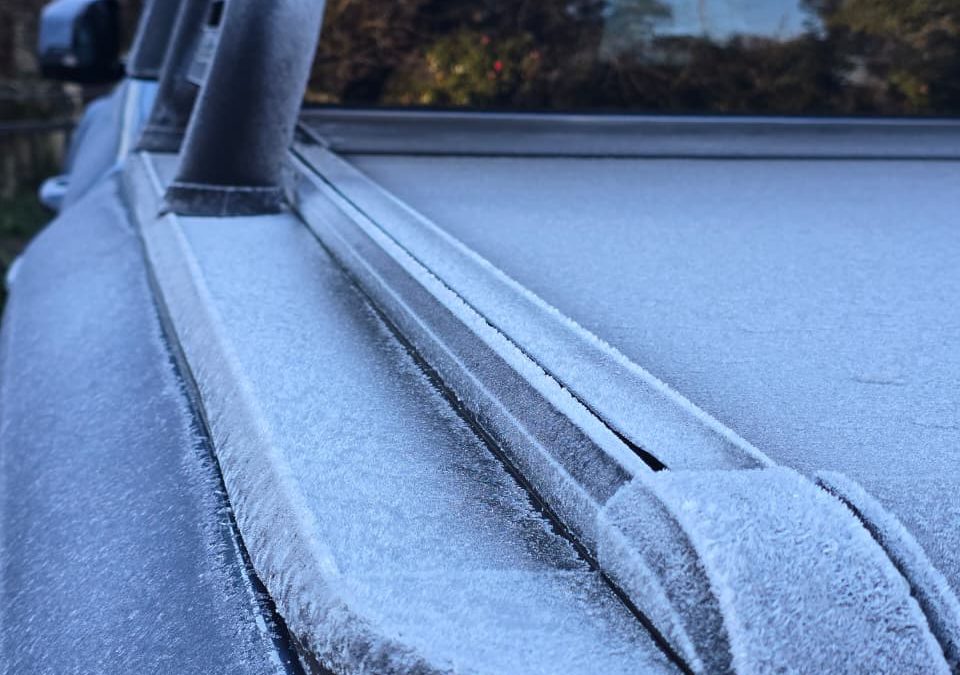It would appear, anecdotally at least, that most people in this country don’t believe South Africa is ready for the wave of electric and hybrid vehicles taking much of the world by storm. What good is it having a modern, cutting-edge vehicle if we can’t guarantee the lights will be on and we know for a fact that the infrastructure is broken or non-existent, one hears more often than not.
Some of that is true. Perhaps most of it. However, there is certainly more to the story.
A little personal anecdote will resonate with the readers. The other week, the area in which I own a house was plagued with power cuts. Daily. The exasperated ward councilor shared updates about “a fault at the substation”, “technicians to be dispatched as soon as possible,” “technicians on site, ETA to follow” to “power has been restored”. Only to start the same sorry pantomime the following day.
Sound familiar? You wouldn’t be living in South Africa if it didn’t. That, or, you are one of those lucky people living on, or adjoining, a grid supplying a national key point or some other critical infrastructure.
Be that as it may, as the MD of one of Africa’s most important backup battery businesses that pioneered 2nd LiFe batteries – not just in South Africa but for the world – alongside electric vehicle (EV)-grade 1st LiFe batteries, it would be embarrassing if I did not have a solar and backup system at home. I do. And it is robust and so I read the ward councilor’s updates more out of interest than desperation while sipping my warm coffee.
However, the reality of just how bad the state of Johannesburg is became apparent when I needed to travel for an in-person meeting. This journey saw me traverse the suburbs of Randburg, into and just beyond the CBD. The traffic was horrendous. The road rage was palpable. There were power and traffic light failures along the entire journey. And so, while my home was protected, I was at the mercy of municipal infrastructure that is not.
Sitting on a main thoroughfare felt as though I were stopped in the city’s longest parking lot. Hundreds of vehicles belching out carbon monoxide, contributing to the awful brown bubble of smog one sees when landing in Johannesburg.
When seen from this lens, it is a mess. First, the power distribution network is beyond a state of disrepair. In many instances it is hanging on by its metaphorical fingernails. Band-aid after band-aid being stuck onto a fatal wound. This is our country’s biggest risk when it comes to our long-term power security.
Then, there is a city that appears as if it has been all but abandoned. And Johannesburg is not alone. Most cities in the country are so poorly run it often begs the question: Do municipal engineers even know about the world-class renewable energy and back-up solution expertise available in this country? Why not? We certainly have been shouting it from the rooftops. I remember meeting two partners in one of the big four firms about three years ago, one on the east coast and another on the west coast of the US. They were speaking hypothetically about the “potential” of repurposing EV batteries for storage applications, yet here we were in South Africa almost two-thirds of the way through our first 10-year warranty cycle of 2nd LiFe batteries providing world-class performance at installations of all sizes.
Be that as it may, the municipal and provincial engineers remain silent while the private sector continues to give itself, and its important residential and industrial customers, independence from the failing grid.
That’s the bad news.
The good news is that I did that commute in the new BYD Shark, a plug-in hybrid that gets charged daily by saving sunlight in its battery pack. For those who care, it is the most powerful and fastest-accelerating double cab bakkie in South Africa, pushing out 321kw with 650NM of torque, clocking 0-100km/h in 5,7 seconds. It is powered by a small 1,5-liter turbocharged engine and two electric motors. Those two motors run on batteries made from the same cell technology that powers REVOV 2nd LiFe and 1st LiFe installations. World leading- and cutting-edge proof that the future has arrived.
And so the good news is that while others in the traffic jam were belching out far more CO2 emissions (in their large-capacity double cabs and sedans), I was being considerate to the environment, re-using the sunlight I’d saved in my batteries a few short hours before. But the better news is that I have been on a client-service drive across the length and breadth of the country and I was able to charge the BYD as and when needed – Johannesburg to Durban, Cape Town, up the west coast and much, much more. I was never stranded.
And so, while we are absolutely in the midst of a grid crisis, making the urgency of investing in off-grid solutions more important than ever before, we are also seeing glimpses of this country being able to be part of an energy-efficient and planet-friendly future. Sometimes you have to actively look for the sunlight.


